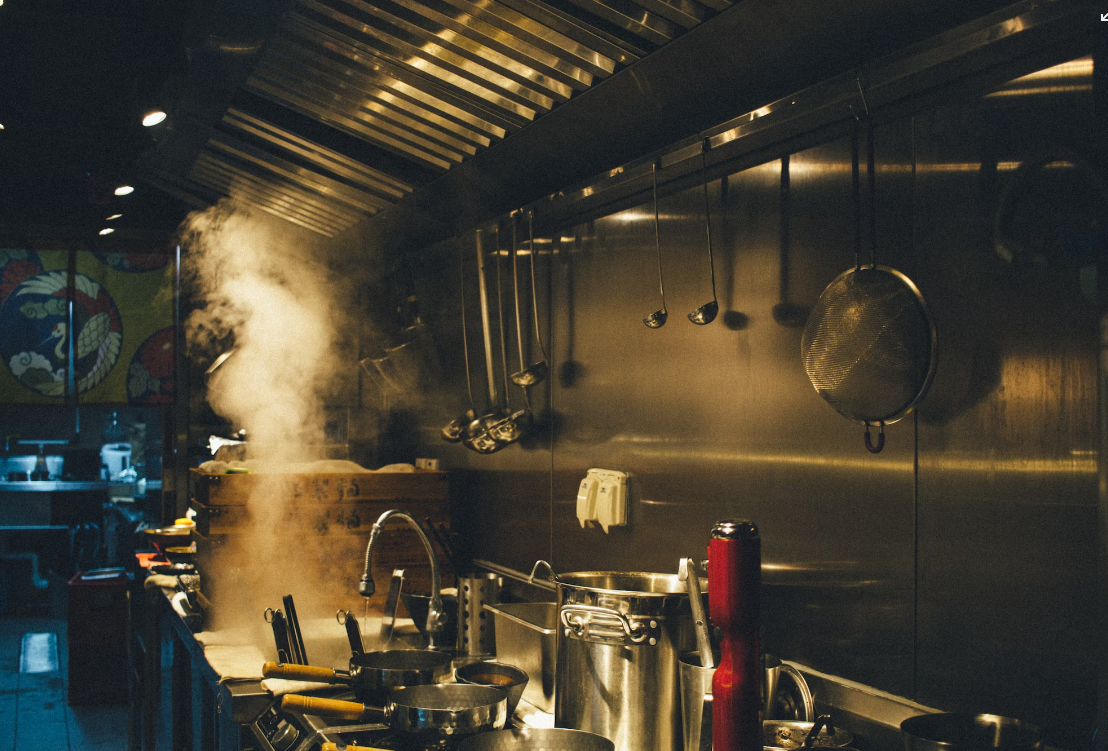
Combination ovens are an integral part of any commercial foodservice or restaurant kitchen, but where did they originate, and how have they evolved to become the modern day goliaths of catering?
The Genesis of Combination Ovens
The journey of combination ovens and combi steamers, or 'combi ovens', is a fascinating tale of innovation and ingenuity. The concept of combining steam and conventional dry heat cooking into a single appliance emerged in the late 20th century. Some claim that it was the company Burger Eisenwerke who invented the first combi steamers in the late 1960's, while others say that it was Siegfried Meister and his team in 1976. Pinpointing the exact inventor or the year of the first combi oven's creation, however, is challenging due to the online ambiguity and the seemingly gradual evolution to the equipment we recognise today, rather than a single eureka moment.
Initially, these ovens were rudimentary, a convection oven with a little added steam, designed for professional settings like high-end restaurants and catering businesses. Over time, these early models set the stage for the highly intelligent combi ovens that would become indispensable in commercial kitchens across the globe.
The Rise of Combi Ovens in Professional Kitchens
The Commercial Appeal
By the 1980s, commercial combi ovens began gaining popularity. They offered a versatile solution to kitchens, combining roasting, baking, steaming, and grilling in one equipment. This versatility, alongside space and cost efficiency, made them a favoured choice in professional settings.
Advancements in Technology
The evolution of combi steamers was marked by significant technological advancements. From the basic models of the 1970s and 1980s, manufacturers incorporated more sophisticated features by the 1990s. Programmable memory settings, accurate temperature and humidity controls, and automated cleaning functions became standard.
The 2000s witnessed the integration of intelligent cooking systems. These systems represented a major leap, automating complex cooking processes and ensuring consistent quality.
The Pinnacle of Intelligent Cooking
Cutting-Edge Features
Recent years have seen the addition of advanced features like touchscreen controls, remote monitoring, AI-driven algorithms and data driven cooking. Many models can now automatically adjust the cooking process, temperature and humidity without manual intervention or monitoring to guarantee that the desired result is always achieved. These innovations have brought unprecedented precision and efficiency to the cooking process. Learn more about how Commercial Combination Ovens Optimise Efficiency.
Environmental and Economic Impact
Modern combi ovens focus on sustainability, with features designed to reduce energy consumption, water usage, and food waste. This not only benefits the culinary process but also aligns with environmental responsibility.

The Future of Combination Ovens
The future of combination ovens and steamers looks bright, with potential for further technological advancements, enhancing their intelligence and integration in professional kitchens.
From their humble beginnings to the sophisticated, intelligent systems of today, commercial combination ovens have undergone a remarkable transformation. They have become central to modern professional kitchens, offering versatility, efficiency, and precision. As technology advances, the evolution of combi ovens will continue to reshape the culinary world. To make sure that your business invests in the best piece of equipment for your operation take a look at our Comprehensive Combination Oven Buying Guide.


